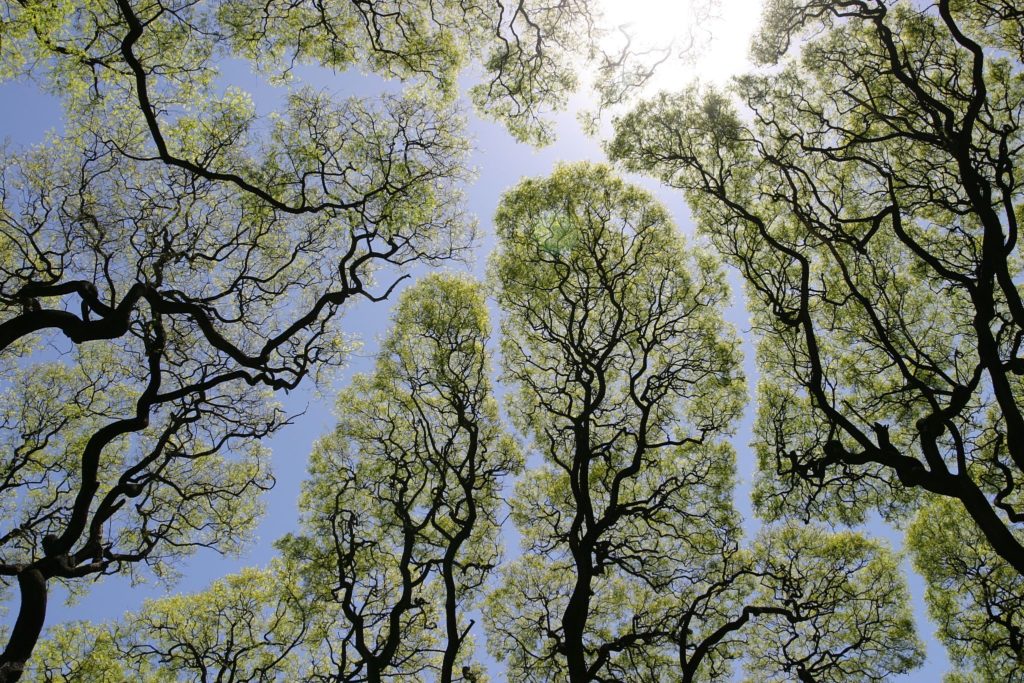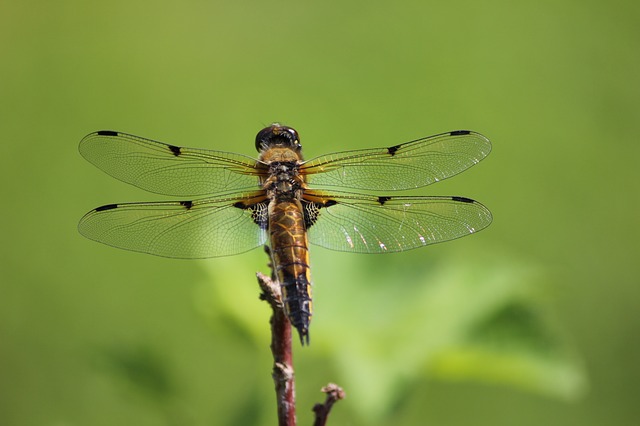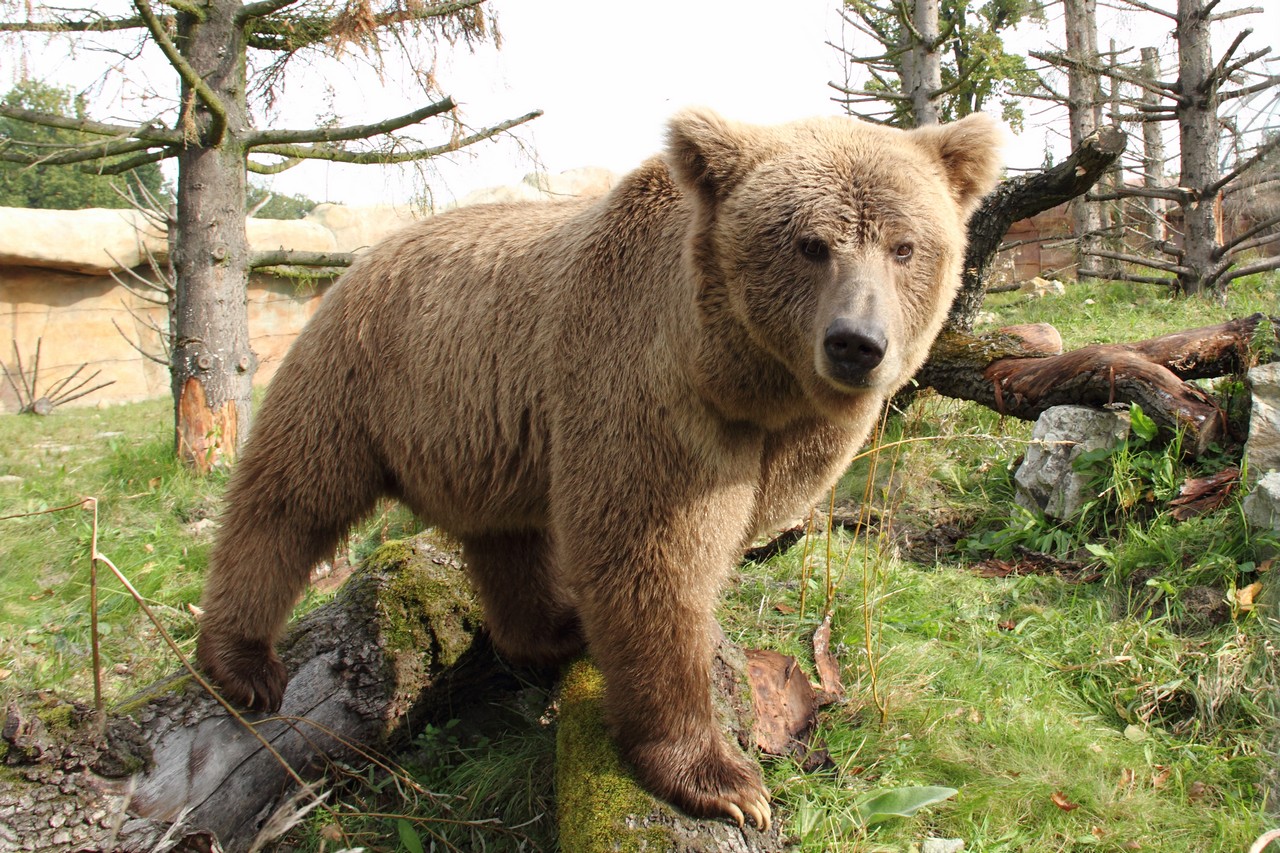Your questions answered. Each week we pick a question asked by our readers and answer them using the help of our resident experts and occasionally guest scientists and researchers eager to resolve your doubts related to the flora and fauna of India. If you have a question, send to contact@indiasendangered.com, or reach us on our social media handles – Twitter, Facebook.
The upper branches of certain trees do not like to touch each other. If you look up and observe these trees, it would seem like the branches are arranged in a perfectly shaped jigsaw puzzle where one tree’s branch is almost about to merge with the neighbouring tree, but maintains a boundary. This phenomenon is called as Crown Shyness or Canopy Shyness.
Scientists first observed this in the 1920s, and have been studying this phenomenon for decades. But they are still not sure why it happens and why only in particular trees or forests and not all the time.
Resource Sharing
One theory is that forest trees are competing for resources, especially sunlight. Trees can sense if the light received is directly coming from the sun or is being reflected off a leaf or a branch on top of them. The photoreceptors on the leaves are sensitive to the levels of Red Light and Far Red Light. When they receive the light directly from the sun, both kinds of lights are received. But when the light is falling indirectly on the leaves, much of the Red light is already absorbed making greater Far Red light reach the shaded leaves. The leaves can thus sense that the light coming on the top branches is not direct sunlight. This forces the branches and leaves to stop growing and avoid obstruction.
Also Read: Older Trees Fight Global Warming Better than Younger Ones
Social distancing on both ends ensures that neighbouring trees do not cover their crowns and minimize harmful competition for resources.

Out of Harm’s Way
Another reason this practice is seen in trees could be to minimise the transfer of harmful insects or larvae from one tree to another.
A team of researchers observing crown shyness in black mangrove trees of Costa Rica found that mangroves damage each other when strong winds sway their branches. Crown shyness helps reduce these abrasions.
The puzzling fact is that if wind is a reason for trees to stay apart, the same phenomenon should occur in other forests too where there are strong winds swaying trees and rubbing branches against each other. But this has not been observed.
Some tree species that display crown shyness are,
-Black Mangrove
-Eucalyptus
-Camphor
-Sitka Spruce
-Japanese Larch
Rather than competition, crown shyness is a collaboration between plant species for survival. Much like us humans, coming together to fight the Corona Virus and COVID19 through social distancing. It seems like a useful lesson to learn from the trees where social distancing ensures safety and survival. Nature is always a great teacher!
Featured Images via wikipedia










One thought on “How do Trees Practice Social Distancing?”